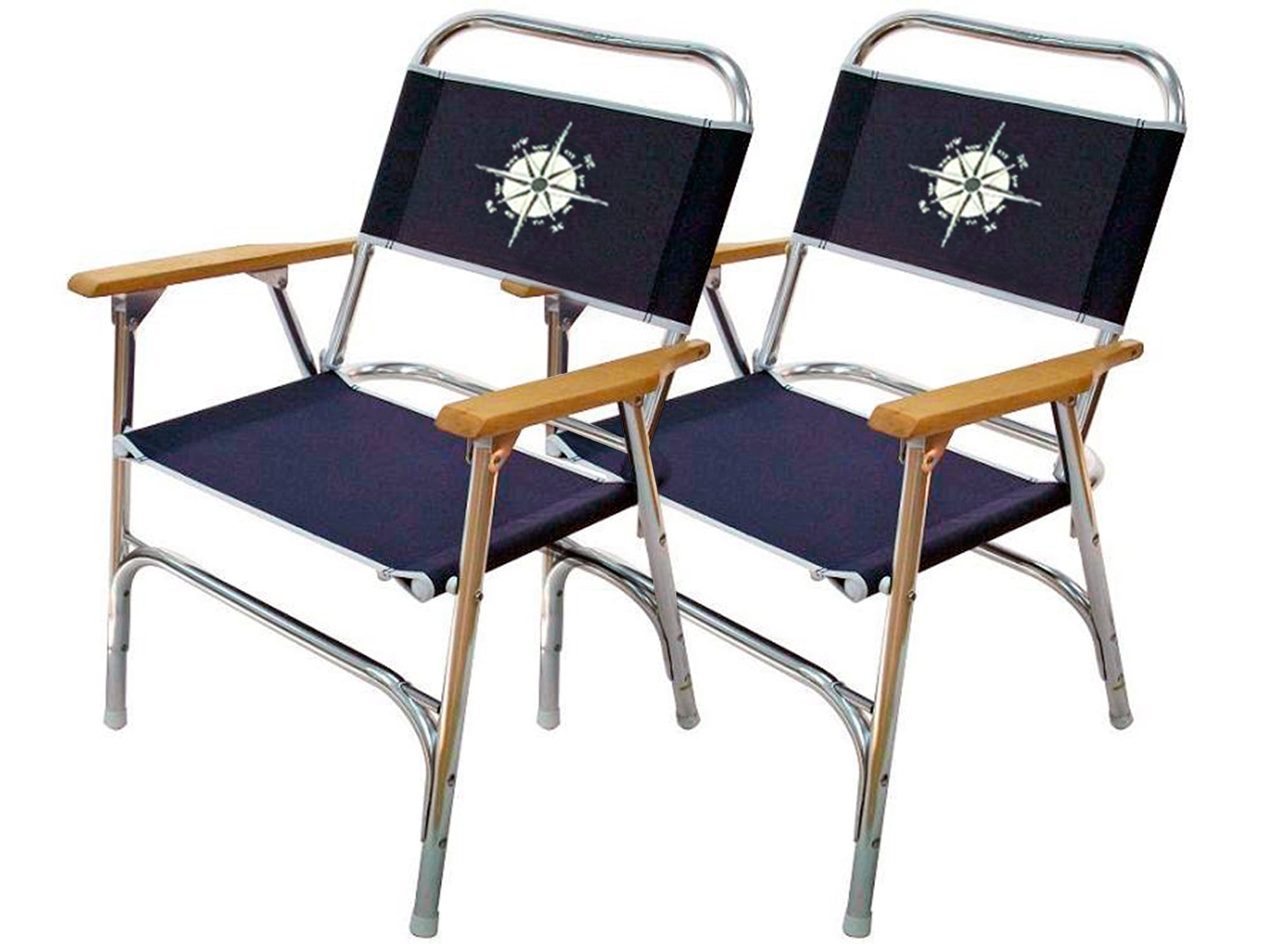Care and Maintenance of Folding Boat Deck Chairs: Best Folding Boat Deck Chair

Proper care and maintenance are crucial for extending the life of your folding boat deck chair. Neglecting this can lead to premature wear, damage, and ultimately, a shorter lifespan for your investment. This section details the best practices for cleaning, storing, and troubleshooting common issues.
Cleaning and Maintaining Different Materials
Different materials require different cleaning methods. For example, fabric chairs benefit from regular brushing to remove loose dirt and debris. Spot cleaning with a mild detergent and water solution is effective for most stains. Always allow the fabric to air dry completely before folding and storing. For vinyl or PVC chairs, a simple wipe down with a damp cloth and mild soap is usually sufficient. Avoid harsh chemicals or abrasive cleaners, as these can damage the material. Aluminum frames should be cleaned with a soft cloth and mild detergent, then rinsed and dried thoroughly to prevent corrosion. Wooden frames require more care; avoid getting them excessively wet and use specialized wood cleaners and protectants as needed.
Proper Storage to Prevent Damage
Proper storage is key to preventing damage and prolonging the life of your chair. Before storing, always ensure the chair is completely dry to prevent mold and mildew growth. Fold the chair according to the manufacturer’s instructions to avoid stressing the joints and hinges. Store the chair in a cool, dry place, away from direct sunlight and moisture. Consider using a protective cover to shield it from dust and the elements, particularly if stored outdoors. For long-term storage, consider lightly lubricating moving parts like hinges with a silicone-based lubricant.
Common Problems and Solutions, Best folding boat deck chair
One common problem is rusty hinges or frames, especially on chairs with metal components. This can often be addressed with a wire brush and some rust remover, followed by a protective coating like paint or rust-preventative spray. Another issue is fabric tears or rips. Small tears can sometimes be repaired with fabric glue or patching materials. Loose screws or bolts can be tightened with a screwdriver. If the chair’s fabric is significantly faded or stained beyond repair, replacement covers might be available from the manufacturer or online retailers. Broken parts, however, usually require professional repair or replacement, depending on the extent of the damage and the chair’s construction. Always consult the manufacturer’s instructions or warranty information before attempting any major repairs.
